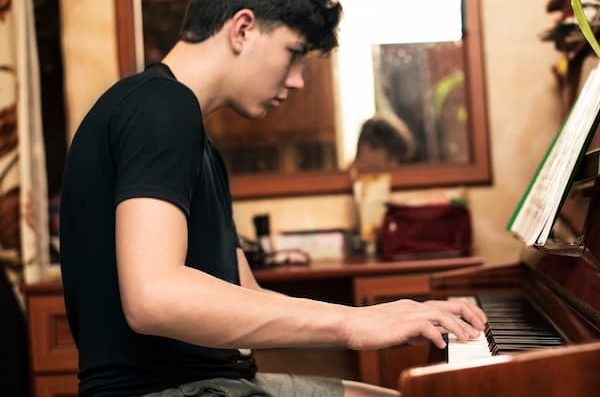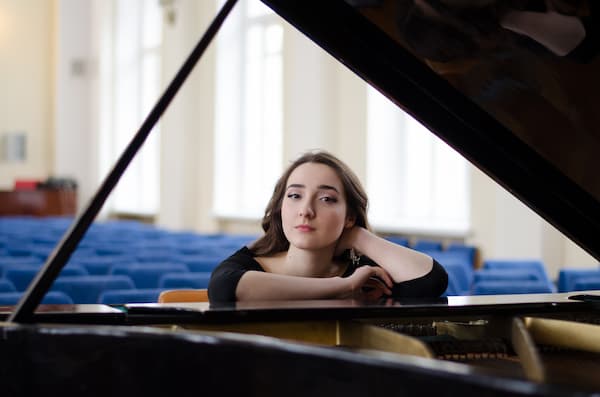Have you ever thought of learning to play the piano? The piano is seen as one of the most versatile instruments you can learn. With 88 keys, it has the capability to produce any sound desired as well as mimic other instruments of the orchestra.
Learning how to play the piano is an investment in yourself that pays dividends throughout life. Becoming a proficient pianist is a worthwhile endeavor for anyone of any age. It is a skill that can bring joy and satisfaction for years to come.


There are two basic types: grand pianos and uprights. Grand pianos have their strings and soundboard parallel to the floor, and upright pianos have their strings and soundboard turned up perpendicular to the floor. Both kinds come in different sizes and styles.
The piano’s origins actually began with the harpsichord, which only had about 60 keys. A harpsichord maker named Bartolomeo Cristofori devised the idea of putting hammers to hit the strings instead of plucking the strings. Composers began to write more music for the new “piano.” As the piano’s popularity began to grow, the keyboard itself had to expand in both directions. By the middle of the 19th century, it had 85 keys. In the 1880s, Steinway became the first piano manufacturer to produce an 88 key piano. Many other manufacturers quickly followed suit.
Fun Fact: The Bösendorfer Imperial Concert Grand Model 290 is the best known piano today to feature an extended keyboard of 97 keys; the bass notes go all the way down to C0. The Australian piano maker Stuart & Sons introduced a 102-key piano in 2010. Just a few years later in 2018, they produced the first acoustic piano with a nine octave keyboard of 108 keys, called the Big Beleura.
Not necessarily. While several current manufacturers make fine new pianos, such as Yamaha and Steinway, high labor costs and the availability of lesser quality wood today mean that an older piano, even properly rebuilt or refurbished, may be a better, more valuable piano. Of course, various manufacturers’ pianos have subtly different tones that will be subjectively appealing to the owner, with some pianos producing a “brighter” sound and others giving a more resonant, pleasing tone. The acoustics of the room where the piano will be kept will have an effect on the overall sound, also. With this being said, quality is a significant factor in choosing a piano, while personal appeal will matter as well.
Generally, the piano should be housed in a place which minimizes variations in temperature and humidity, both which affect the piano. It is best to never place a piano against an outside wall. Because exposure to direct sunlight can destroy the finish over time, never allow direct sunlight to fall on the piano. Also, heat from the sun can cause drastic changes in the soundboard and pinblock, causing cracks and major problems. Therefore, sunlight should be indirect or kept completely away from the piano when possible.
Visible when looking inside the piano, its sound is made by vibrating strings that are each hit by a hammer. For this reason, when categorizing it into a family of instruments, it can be considered part of the string family, similar to a harp or a lyre. However, because the piano’s strings are hit by a hammer, it can also be classified as a percussion instrument. It is generally considered to be in both families.
With the school being conveniently located in Orange Park, it is just a short drive for our students from Fleming Island, Green Cove Springs, Oakleaf, and Jacksonville.
For those who are not local, virtual lessons are also available.